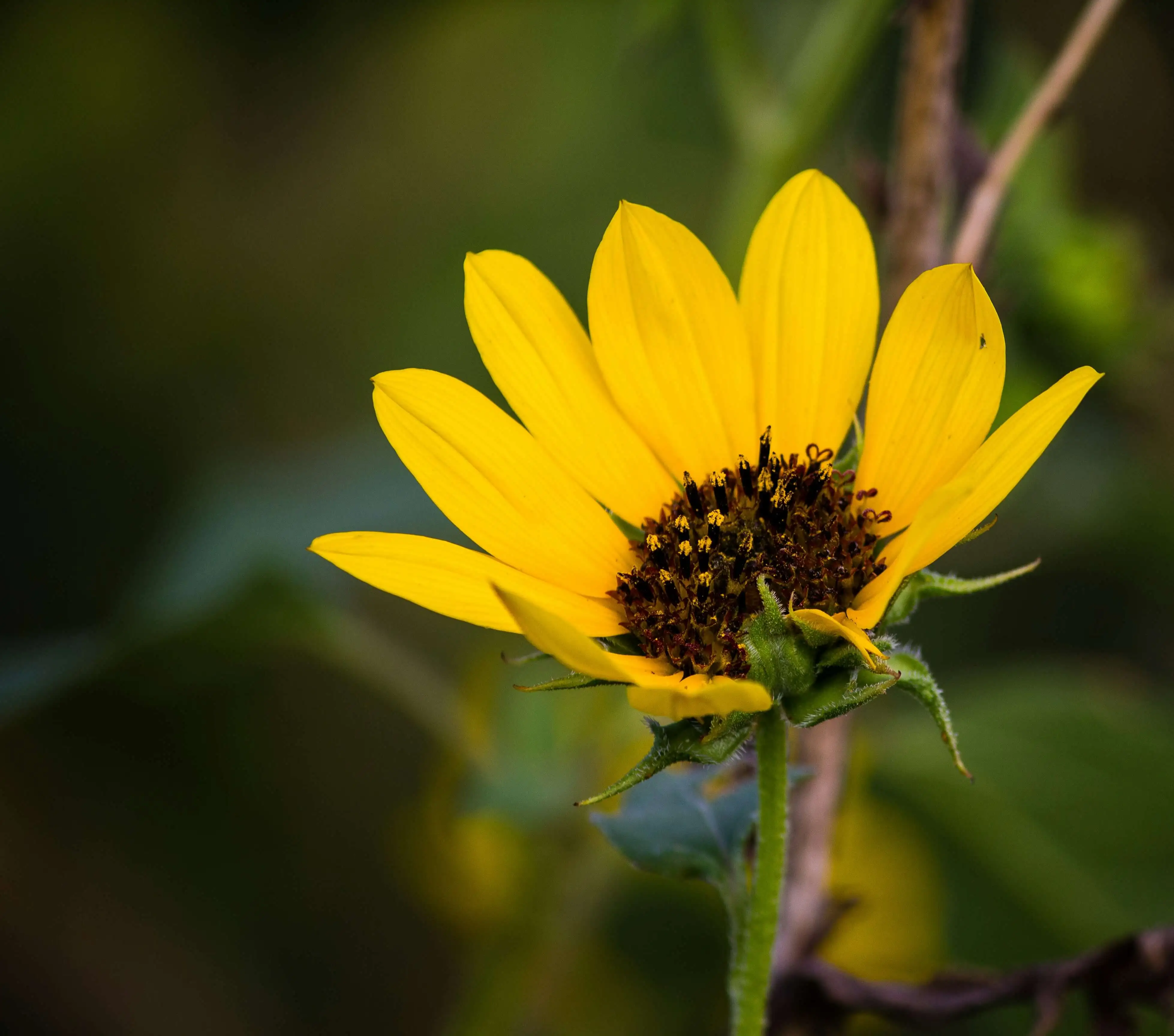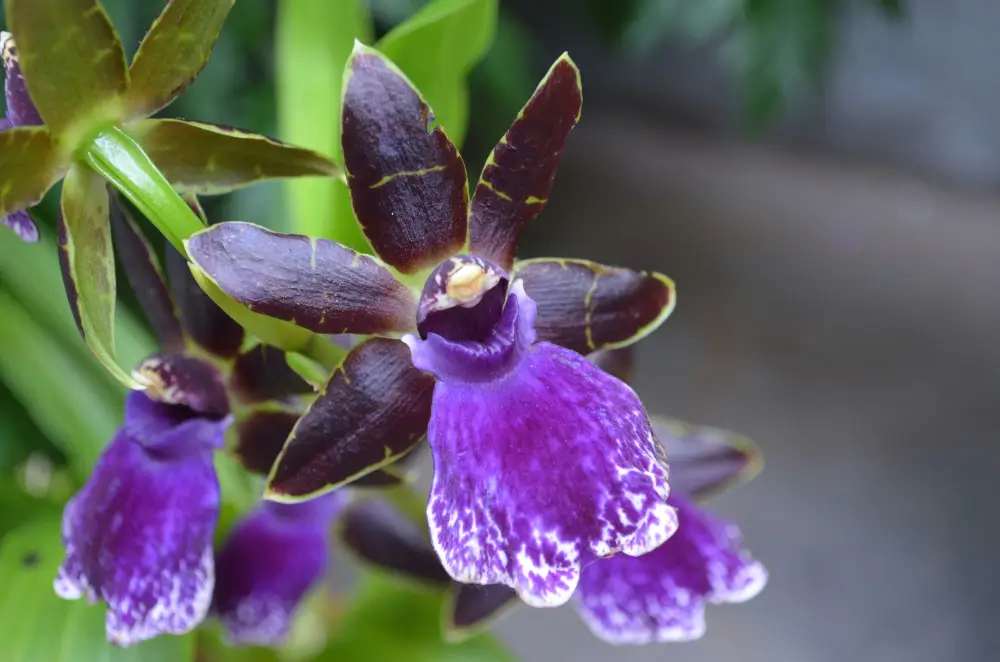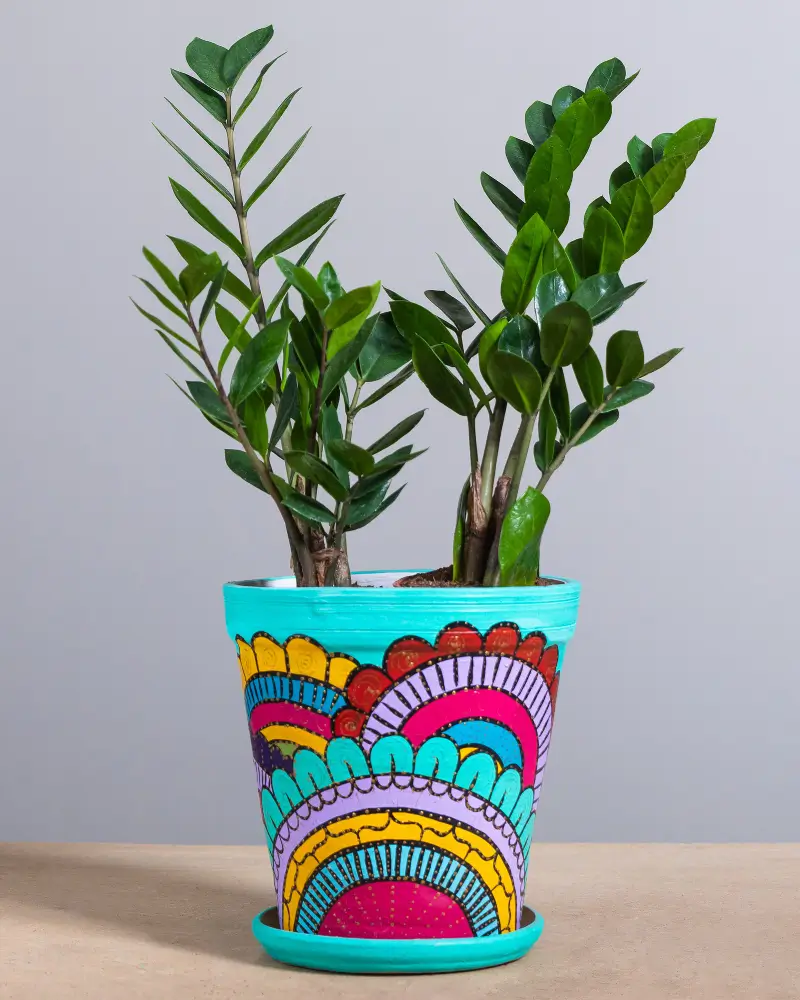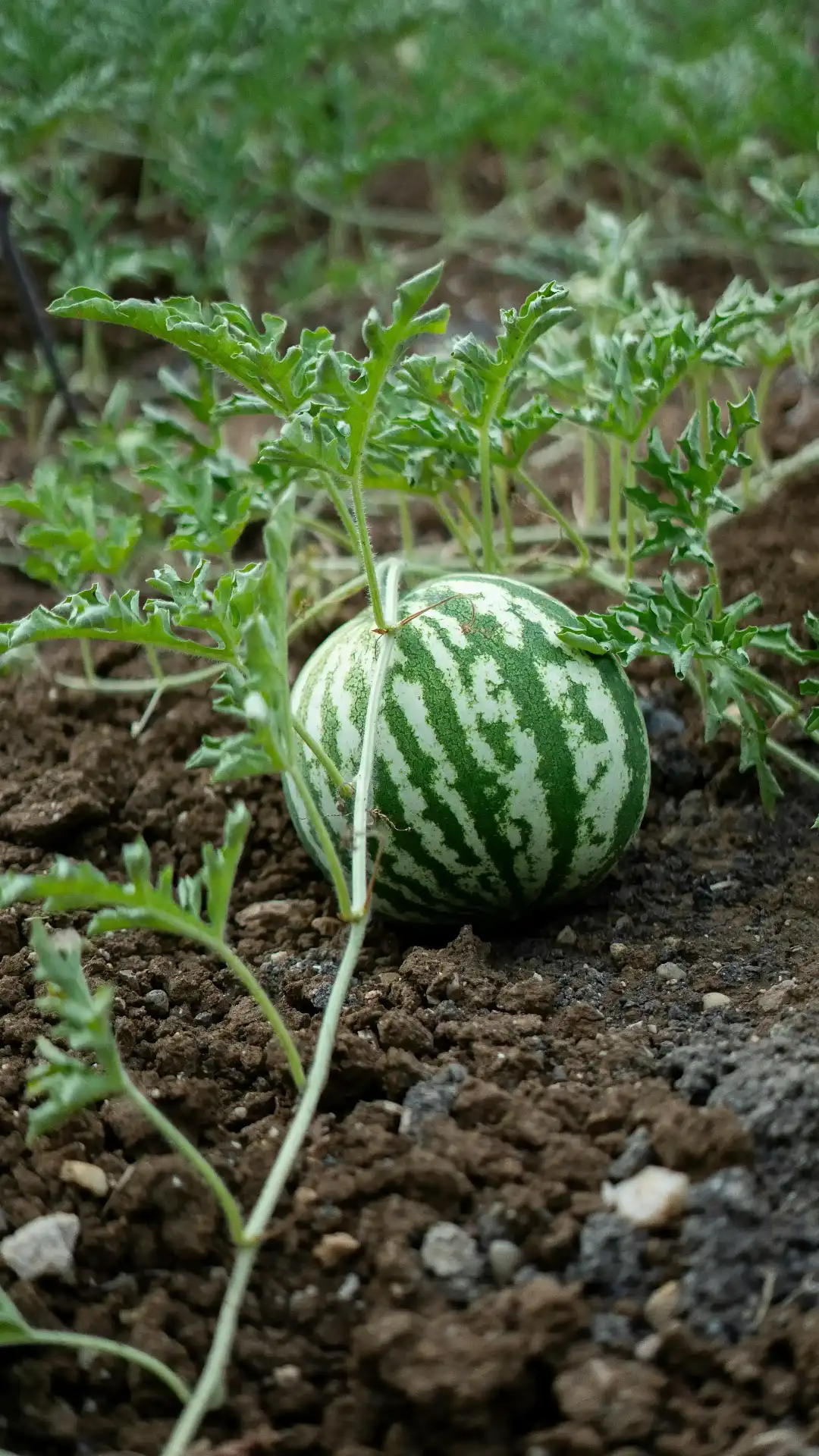
Soil Health & Fertilization
We unite suppliers and green industry professionals worldwide
False Sunflower, also known as Heliopsis helianthoides, delivers exactly that—cheerful, golden-yellow flowers that brighten any sunny garden corner or patio.
By Mariam Scott
|Published on November 30, -1


Do you dream of a summer garden complete with an endless profusion of blossoms, that thrives without demanding your constant attention?
False Sunflower, also known as Heliopsis helianthoides, delivers exactly that—cheerful, golden-yellow flowers that brighten any sunny garden corner or patio. Unlike its true sunflower cousins, this perennial blooms for weeks, sometimes months, without demanding excessive care. The plant's upright growth habit and familiar daisy appearance give it a cottage-garden air, but it remains tough -- suitable for novice or experienced gardeners.
Native to North America, this false sunflower is not just attractive to home gardeners but also supports native pollinators. Due to its drought resistance, pest resistance and ease of growing — it makes a wise addition to flowerbeds, borders and pollinator gardens.
Whether you are creating a garden for wildlife or just looking for long-lasting flowers, the False Sunflower is a cheery and sustainable pick.
| Common Names | False Sunflower, Oxeye, Smooth Oxeye |
| Botanical Name | Heliopsis helianthoides |
| Plant Type | Herbaceous perennial |
| Size | 3–5 ft tall, 1.5–3 ft wide |
| Light Requirements | Full sun |
| Watering Needs | Medium, drought tolerant once established |
| Soil Needs | Well-drained soil, tolerates clay |
| Blooming | Midsummer to early fall |
| Flower Color | Bright golden-yellow |
| Hardiness Zones | USDA 3–9 |
| Toxicity | Non-toxic to animals and humans |

September 25, 2025
9 minute read
September 24, 2025
9 minute read
September 23, 2025
10 minute read
September 22, 2025
9 minute read


Join as a seller and connect with thousands of B2B buyers nationwide!
Sign Up

Zygopetalum Orchid
The Zygopetalum Orchid (Zygopetalum spp.) is a tropical orchid that features gorgeous, unique flowers with a strong sweet scent. It can withstand more cold than many of their orchid relatives, which makes them one of the more accessible choices for indoor

ZZ Plant
The ZZ Plant is a low-maintenance houseplant, with people loving it for its shiny deep green leaves, vertical growth habit, and absolute toughness. Its sculptural, waxy leaves and architectural silhouette are adaptable to nearly every interior style, from

Watermelon
Watermelon (Citrullus lanatus) is one of the most iconic fruits of summer—juicy, sweet, and endlessly refreshing. With its sprawling vines, vibrant green rinds, and brilliant red (or yellow, or orange!) flesh, this annual vine makes a bold and delicious s

Yellow Pear Tomato
Yellow Pear Tomato – this adorable heirloom variety is mostly grape-sized with fresh yellow fruit in the shape of teardrop or tiny pears. This tomato has been passed down through generations of gardeners for its sweet flavor, prolific yield, and playful
For such a bountiful bloomer, False Sunflower is actually fairly easy going. Once established, it's low-maintenance and best suited in sunny locations with regular watering during establishment. Once established, this perennial can tolerate dry spells and still bloom vigorously.
Its upright form benefits from occasional support in windy areas. Minimal pruning and deadheading encourage more flowers. The False Sunflower is also a good choice for gardens in which you want to incorporate pollinators, meadows, or mixed perennial borders.
Follow these tips for growing and caring for False Sunflower for success:
Full sun is essential for the False Sunflower to reach its full potential. Aim to get a minimum of 6 hours or more per day of sunlight to encourage lush growth and abundant flowering. It blooms less well in partial shade, where stems will tend to become leggy. Morning sun combined with afternoon light exposure is ideal.
Although it will grow in many soils, False Sunflower grows best in well-drained, medium fertile soil. Sandy, loamy or clay-heavy soils are fine as long as excess water can drain away. Adding compost improves soil structure and boosts flower production. Avoid consistently soggy sites, which can lead to root rot over time.
During the first growing season, keep the soil consistently moist to help plants establish deep roots. Established False Sunflower is drought-tolerant -- can survive dry spells -- but regular deep watering encourages continued blooming. Mulching at the base conserves moisture and suppresses weeds.
While False Sunflower is easygoing, thoughtful pruning helps maintain shape and encourages blooming. Regular deadheading, and an occasional cutting back will keep this plant blooming reliably.
Before diving into specifics, remember:
Here’s what to do:
False Sunflower is easy to propagate, expanding your garden with minimal effort. Division is the easiest way, but it can also be propagated from seeds.
Propagation approaches:
By Division:
By Seeds:
It is possible to grow False Sunflower in large containers which will no doubt add its golden charm to patios and balconies. Container growing also helps control spreading in small spaces.
Tips for Successful Container Growth:
With the right container care, False Sunflower can become a radiant feature of your patio or deck.
In most climates, False Sunflower dies back to the ground and reemerges in spring.
With minimal care, it overwinters easily across zones 3–9.
What really makes False Sunflower shine is its nonstop flowering from midsummer through autumn. They look like little sunflowers, but are sterile hybrids — meaning they generally do not produce many seeds.
Flowers attract:
Blooming cycles can be extended with regular deadheading.
Though highly adaptable, False Sunflower may suffer from occasional problems, particularly in heavy soils and overcrowded conditions. Most problems are easily corrected with minor care adjustments.
Watch for:
Yellowing or wilting? Likely overwatering or poor drainage.
False Sunflower has long-lasting golden blossoms and is drought tolerant once established, making it a shining choice for sunny borders, pollinator gardens, and informal landscapes. From midsummer into autumn, this long-lived perennial will grace you with no-effort beauty. With a little maintenance and trimming in fall, your garden may be blooming with cheerful yellow blooms year after year.
Yes, it is non-toxic to cats and dogs as well as other household pets.
In windy spots, taller varieties may benefit from light staking to avoid flopping.
Divide every 3–4 years in spring or fall to refresh growth and prevent overcrowding.
Usually 8–10 weeks, most of the time between midsummer and early fall.

Soil Health & Fertilization
Victor Miller

Pest Identification & Prevention
Victor Miller

Lawn Care Tips & Maintenance
Victor Miller

Soil Health & Fertilization
Victor Miller

Smart Irrigation Systems
Victor Miller

Patios, Walkways & Driveways
Victor Miller

Soil Health & Fertilization
Victor Miller

Pest Identification & Prevention
Victor Miller
My Account
Our team is always here to help.
We are open Monday - Friday, 9:00 AM to 4:30 PM PST.